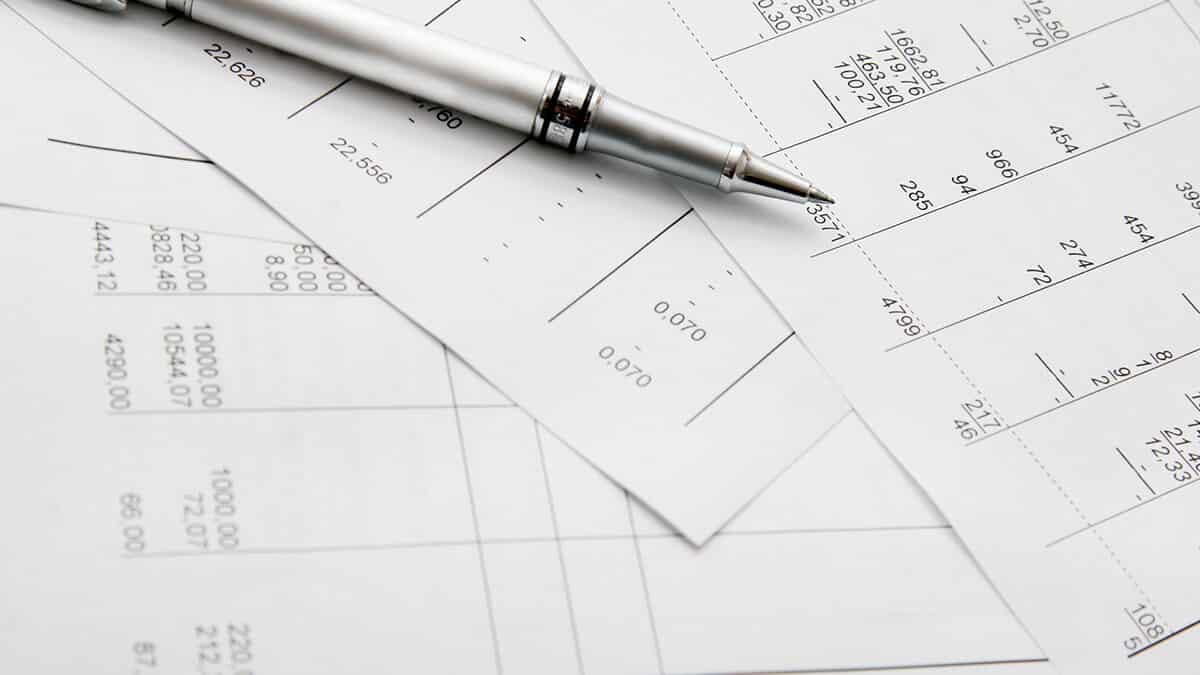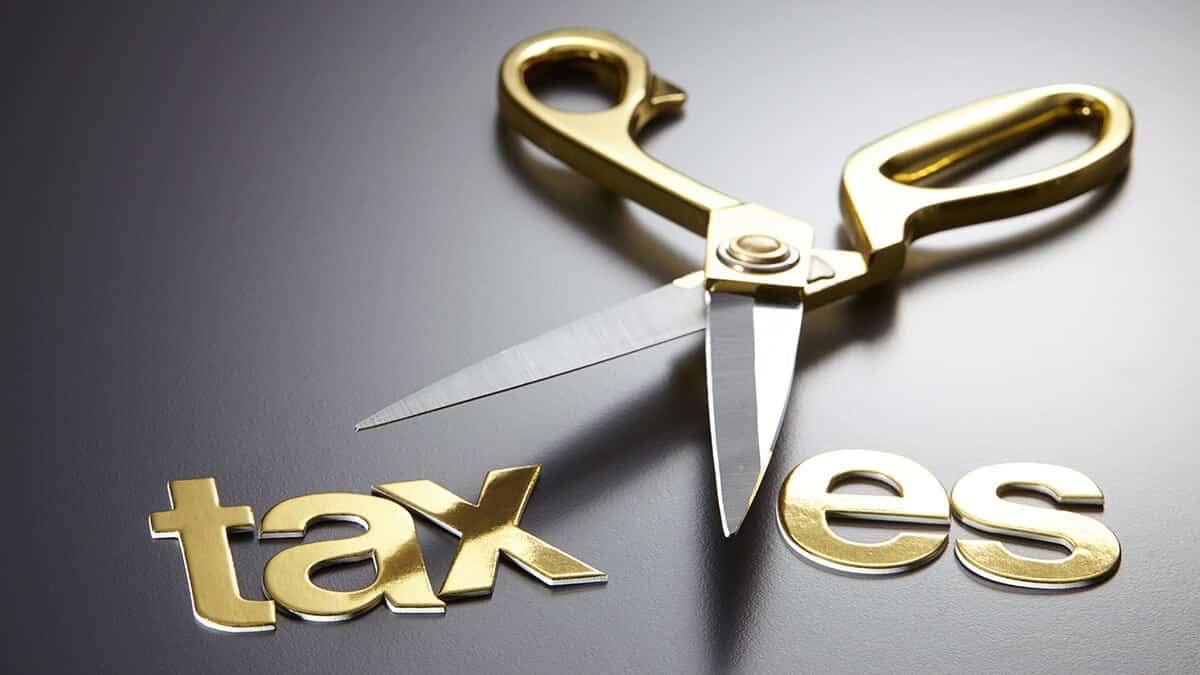In this guide
Superannuation is a long-term investment vehicle that carries you through two phases of life. There is an accumulation phase followed by a retirement phase, but it’s important to note that these aren’t mutually exclusive. You can have some of your super in an accumulation account and some in a retirement account as you navigate your way between the two.
Understanding the difference is important though, as each phase has different tax treatment, rules and potential strategies.
In this article we’ll briefly describe the phases and how they differ from one another. The information applies whether you are a member of a self-managed super fund (SMSFs) or a large public fund.
Accumulation phase
Accumulation phase, as the name suggests, is where your superannuation savings are held during your working life and left to accumulate for your retirement.
When you enter the workforce, you must choose a super fund or accept the default MySuper fund offered by your employer. Your accumulation account with this fund can then accept compulsory Super Guarantee contributions from your employer or business. You can also make personal contributions, directly or via a salary-sacrifice arrangement with your employer.
All these contributions and the earnings on them during the accumulation phase are locked away – or ‘preserved’ – until you reach your preservation age and retire, or you meet another condition of release.
Read more about your preservation age and other conditions of release.
Employer and salary-sacrifice contributions, and personal contributions for which you claim a tax deduction, are taxed at the concessional superannuation rate of 15% (up to the concessional contributions cap). Non-concessional contributions you make from after-tax income are not taxed going into your super account.
All earnings from the investments within your super account are taxed at up to 15% in accumulation phase. However, capital gains on the sale of investments held for longer than 12 months receive a 33% capital gains tax discount, effectively reducing CGT to 10%. The Retirement Income Review (released in November 2020) found franking credits further reduced the effective tax rate for super assets in the accumulation phase to 7%.
Learn more about making concessional and non-concessional contributions, and how super is taxed.











